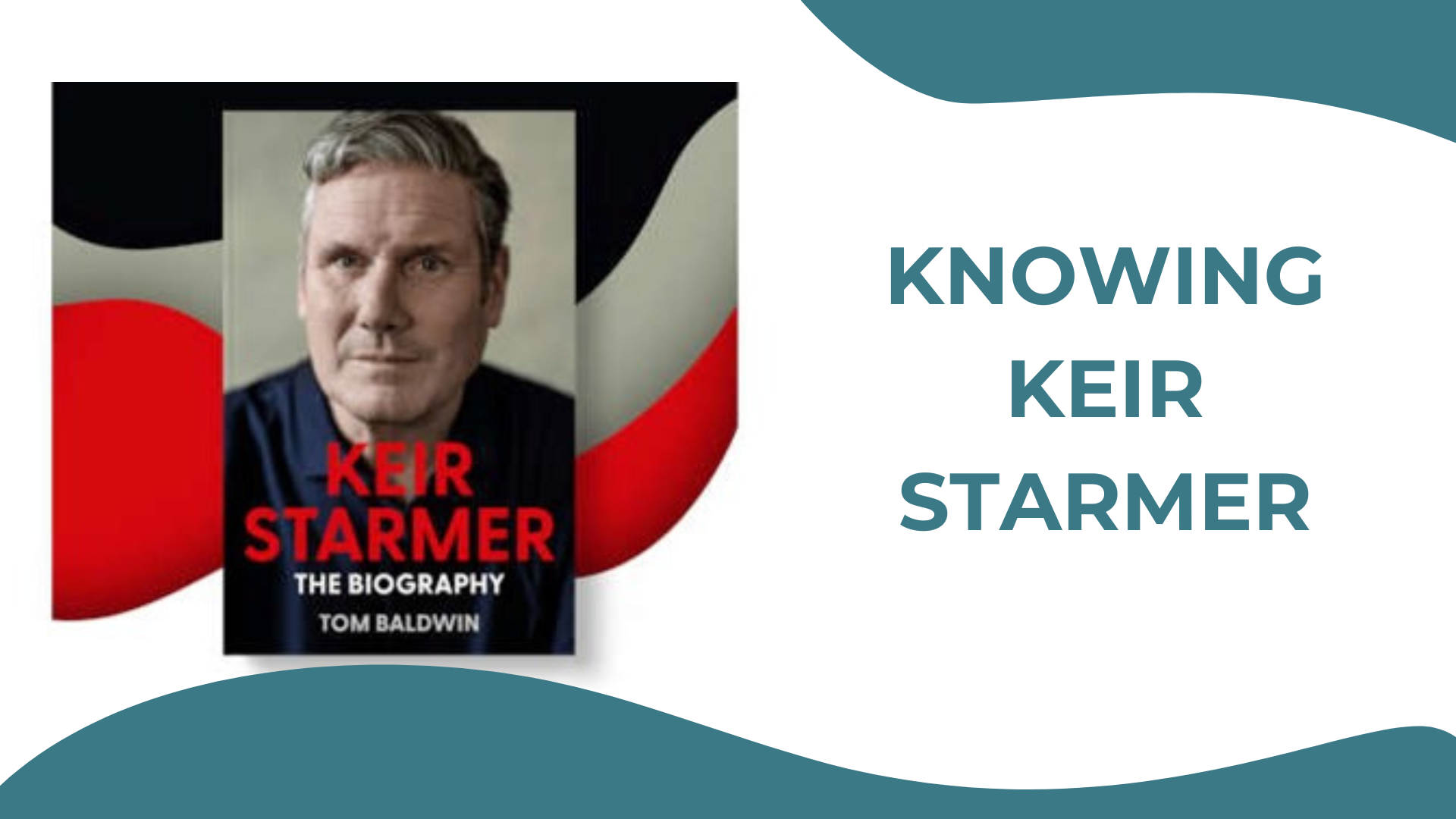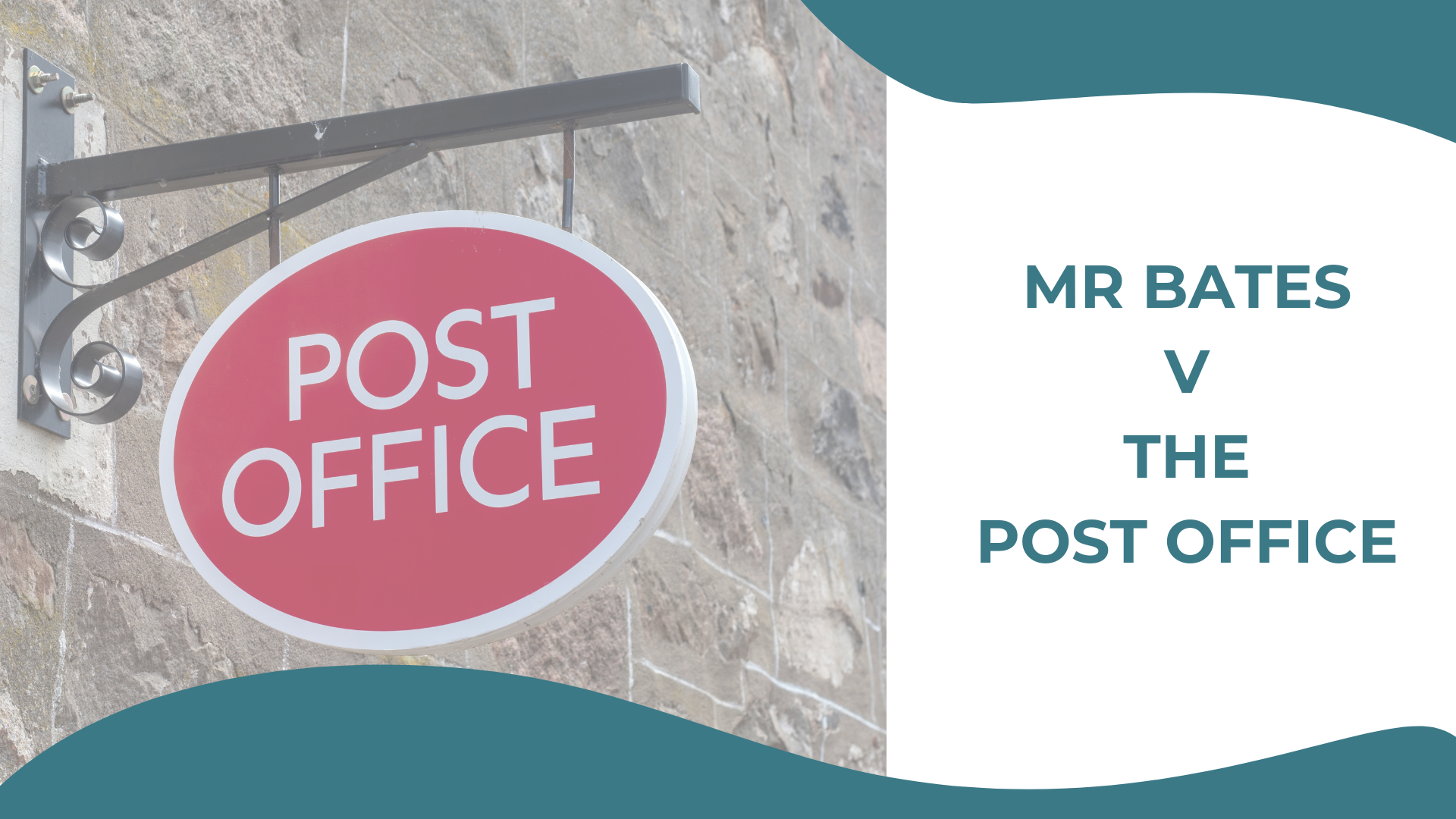One of the strangest pieces of research we have come across about work collaboration was published in the Harvard Business Review: ‘Adults behave better when Teddy bears are in the room’. The research suggests that the presence of Teddy bears (or other cuddly toys) in a meeting room heightens the likelihood for collaborative behaviour amongst participants of workshops held in those rooms. The explanation for such baffling findings is that people are unconsciously reminded of calming childhood memories as Teddy bears are associated with comfort and safety.
Whilst we don’t question this research, to be honest, it’s not something we’ve tried to date. However, we give our own nod to childhood memories in the shape of a tool we have developed inspired by a game of snakes and ladders. What we have found is that using this classic board game provides a structured conversation for people wanting to collaborate.
So, how does it work?
Set up: You need to have a mixed group of people from different teams. Gather people into groups of four or five, give them a snakes and ladders board and ask them to play a round of snakes and ladders. At this stage you just want people to play the game. They may feel a little strange having to play snakes and ladders in a management workshop, but they soon start to enjoy it. It is great to have a bit of laughter in the room!
After the game: The debrief is where you use snakes and ladders to help people work through a business issue. You’ll need to prepare a worksheet like the one below and give them to each person. Each box uses a facet of the game to encourage thinking about a business challenge. Ask people to complete boxes 1-4 individually. Allow around 5-10 minutes:

Once everyone has completed boxes 1-4, participants take it in turn to share their reflections with their groups. Others in the group listen and once the problem has been debriefed it is opened up to gather everyone’s input to the challenge.
Box 5: Group Perspective
Note what others in the group are proposing and how they might help you address this business challenge. Consider your next steps and how you might take action to address the business challenge.
Finally: Ask all groups to feed back their experience of this exercise to the wider group. For many people it is often the first positive experience of collaborative working and comments range from “Wow, that was really useful” to “I never thought that people working in other departments had anything relevant to say about the challenges I face in my job.”
What this exercise does is provides a structure to open up to others the challenges we are holding. It helps people lower the barriers around their silo and creates the possibility that someone else might have something helpful to say or positive to give to tackle the challenges we face.
Take a moment to reflect…
From a personal perspective, how often do you share your business challenges with others? If you have experience of this, what have you learnt that might help you collaborate more effectively in the future? If you haven’t, what steps could you take to do this?
If this tool has been helpful and you’d like to know more about the work we do around better collaboration, then do contact us. We would be delighted to have a conversation!




